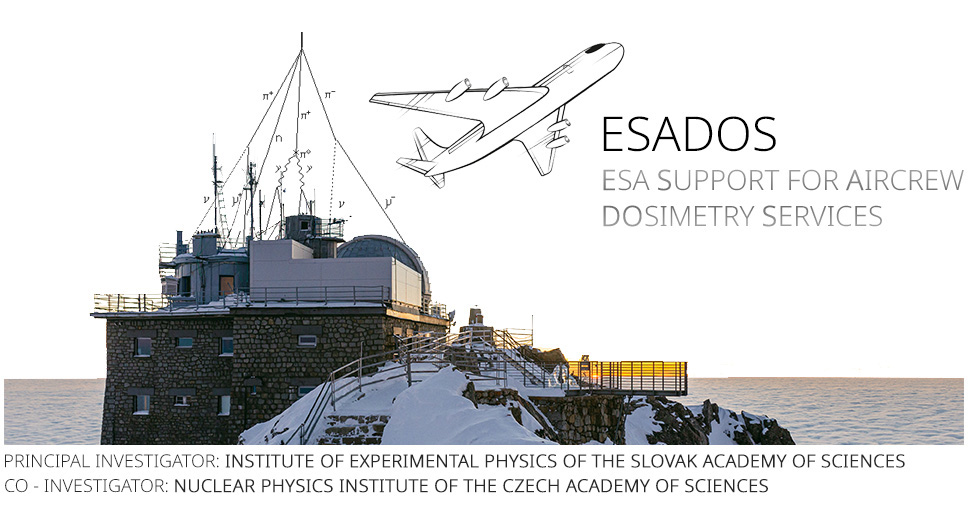
We are participating in two new projects focused on cosmic rays
30. 05. 2025

In early 2025, the Nuclear Physics Institute of the Czech Academy of Sciences (NPI CAS) joined two major research efforts focusing on improved detection and evaluation of cosmic radiation – a key aspect of aviation and space safety. Both projects are being carried out by the team from the Department of Radiation Dosimetry.
The first project, ADVADOSE, funded by the TAČR TREND programme and led by ADVACAM, aims to develop a new high-resolution radiation detector called AdvaDose. This device will be part of the AIRWATCH monitoring platform.
NPI CAS is a research partner responsible for:
- developing testing methodologies for airborne operation,
- validating outputs through simulation,
- linking the device with existing dosimetric systems.
The second project, ESADOS (ESA Support for Aircrew DOsimetry Services), is coordinated by the Institute of Experimental Physics of the Slovak Academy of Sciences and funded by the European Space Agency (ESA). Its goal is to develop an independent European source of heliocentric potential – a key parameter for calculating aircrew exposure.
NPI CAS contributes by:
- validating the model using in-flight radiation measurements,
- improving the reliability and accuracy of dosimetric computations.
These projects strengthen our expertise in applied dosimetry and contribute to safer aviation and future space missions.
Read also
- Materials research of NPI published in a prestigious scientific journal
- The Week of the Czech Academy of Sciences 2025 at the Nuclear Physics Institute
- Professor Higham and his team from the University of Vienna visited the AMS laboratory
- International collaboration between NPI and a Japanese University brings new insights in the field of energy storage materials
- The NPI helps shape the future of nuclear fusion in Europe
- NPI Co-Organized the European HTCondor Workshop
- Final call for the NPI Tandetron laboratory beam time proposals – ReMade project
- The NPI is working on a new STAR project
- RNDr. Aleš Cieplý, CSc., awarded the prestigious DSc. title
- Research of cosmic rays at NPI on the podcast Hlas na poušti Milana Mikuleckého (Voice in the Desert of Milan Mikulecký)

